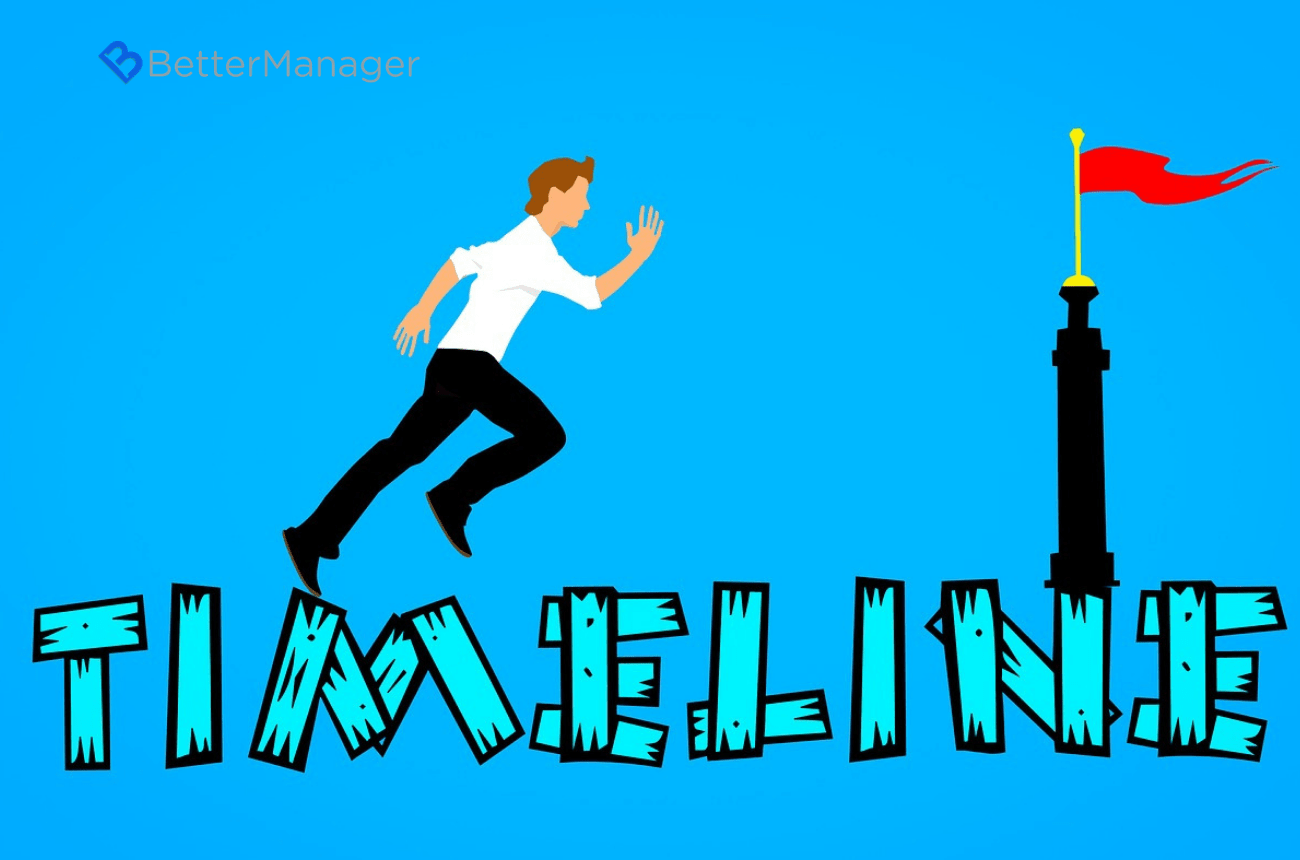
New employees need to contribute to the organization’s mission–and help shape it–as quickly as possible. Here’s how managers can fast-track conscious evolution. (Hint: This works for not-so-new employees, too!)
Onboarding new employees goes beyond an orientation session and an explanation of projects and processes. The most successful new hires are those who can quickly understand how they and their new team members align to the organization–structurally and culturally. A visual timeline is a powerful way to convey what their new team, department, and organization have been creating.
This activity collectively taps into the team’s and organization’s natural ability to learn and adapt (a key to healthy systems). The activity also leverages the wisdom of the team members by creating a holistic view of who they are, taking lessons from the past and evolving together to create a new future state. Because the process itself creates a sense of belonging and purpose, consider adding this as a best practice in HR onboarding protocols for managers of new hires to help build cohesive teams.
Begin by drawing a horizontal line on a whiteboard or large piece of paper that represents inception to present. Have participants place events (activities, strategies, when people came and left the team) either above (positive), below (negative) or on (neutral) the line.
The final result is what we call a learned future, meaning this is what a team discovers the future will be, based on what has happened so far in the company.
Instruct the team to take a literal step back to see what patterns emerge.
Key questions to ask:
Draw a new horizontal line that ends one or two years from now. Have the team members decide what is at the end of the timeline. In order to have that end state happen, have participants write along the timeline what needs to happen in the next three months, six months, etc.
What the team now has in front of them is a road map for a future they created together.
The timeline exercise is a simple, but effective, methodology for creating a planning tool. Goals can be set for each quarter for alignment and owners can be identified for those goals for accountability.